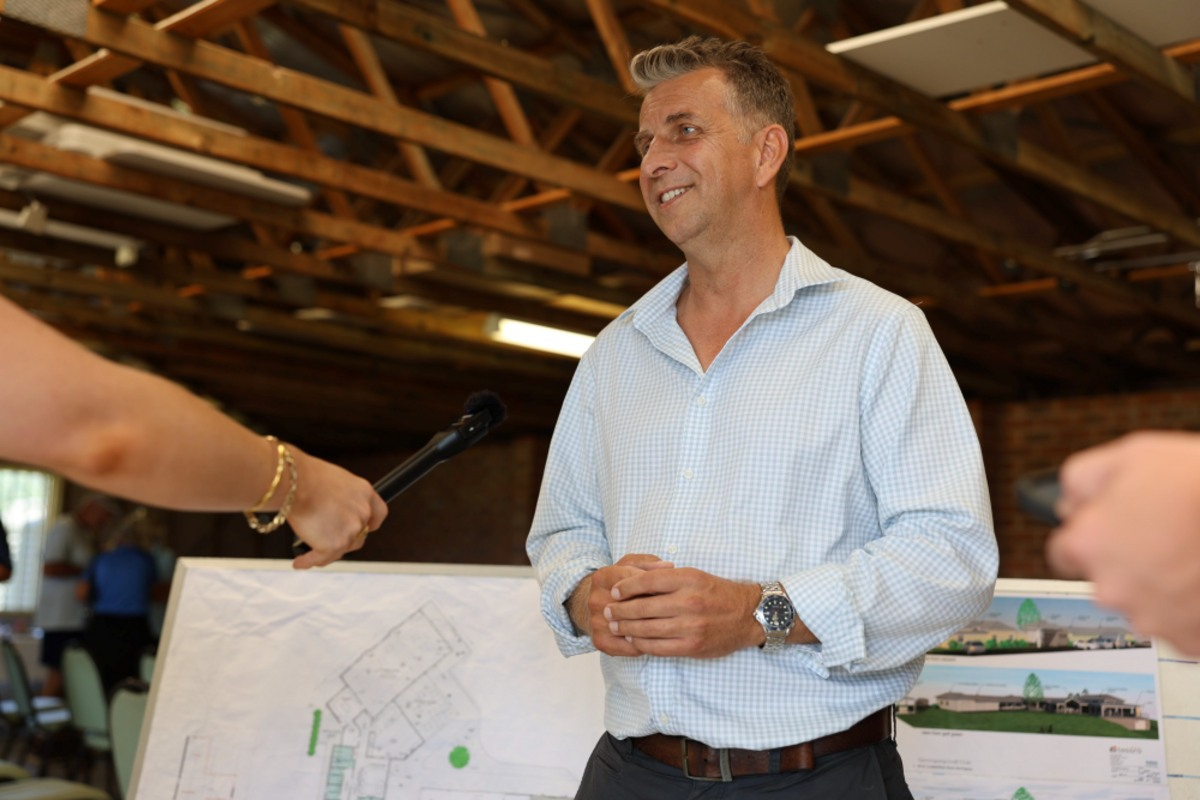Not too late to have your say on Employment Land Strategy
Bugle Newsroom
12 October 2025, 7:00 PM
 Kiama Council's Ed Paterson, Mel Scarr (Kiama Business Network), Council CEO Jane Stroud and Anne-Marie Esler (KBN) at the recent Business Illawarra Awards. Photo: The Bugle
Kiama Council's Ed Paterson, Mel Scarr (Kiama Business Network), Council CEO Jane Stroud and Anne-Marie Esler (KBN) at the recent Business Illawarra Awards. Photo: The BugleIt’s not too late to have your say about Kiama Council’s Employment Lands Strategy after the timeframe for public feedback was extended.
Local business owners and ratepayers have until next Sunday (19 October) to lodge a submission.
Kiama Business Network executive officer and market manager Mel Scarr has written to members of the organisation offering to collate responses in a group submission to Council.
Scarr said lodging feedback was worth doing for five main reasons.
You get to influence outcomes: If Council hears recurring concerns (for example, about where land is zoned, conservation of views, traffic, noise), they can amend the strategy. Submissions can change maps, planning rules, or infrastructure investment priorities.
You can protect your interests: Whether you’re a business owner, resident, landowner, or someone concerned about environment or amenity - a submission gives you a chance to outline what you want or what you fear, and make sure those are heard.
Better decisions overall: More input tends to produce plans that are more equitable, more sustainable, and more acceptable to the community. It’s more likely to avoid unintended negative outcomes.
Future proofing: Planning for the long term means that decisions made now will shape what Kiama looks like for decades. If people don’t engage, decisions will be made without their voice.
Access to services and infrastructure: If you or your family need business services, shops, schools, health etc, you want them accessible. Ensuring enough employment lands are available in the right spots helps make sure services grow in step with population.
The Strategy is a 20-year strategic planning framework for commercial and industrial land in the Kiama Local Government Area.
It looks at how much land is needed, where it should go, what it should be used for, constraints (like environmental, infrastructure, natural features) and opportunities.
It is aligned with other Council plans, like the Local Housing Strategy and Local Strategic Planning Statement.
Scarr said ensuring there is enough land zoned for business and industry would mean more local job opportunities.
If people have to travel far for work, that adds cost, time, stress. Having closer employment can improve quality of life.
As population grows from around 23,000 to a projected total of 30,000 by 2041, there is a need to plan where businesses, shops, services, roads, sewer, water, etc will go so growth doesn’t lead to congestion, or loss of natural areas or poor infrastructure.
The Strategy is linked with the Housing Strategy. Growth in housing without planning for employment lands means people might live far from where they work.
That can increase commuting, pressure on roads, transport, fuel costs.
Also, having local shops, commercial services, health, education facilities near housing makes communities more liveable. People don’t want to drive everywhere.
Decisions made now will affect property values, traffic, livability, costs.
NEWS




